Are you looking for a unique and exciting way to grow vegetables? Maybe you don’t have a sprawling garden to work with, you’re dealing with poor quality soil, or you’re just looking for a challenge. Either way, hydroponic vegetables in your garden is worth exploring.
Hydroponic vegetable gardening is a process whereby produce is grown without using soil. Instead, plants are positioned or submerged in an alternative growing medium (like pine bark or coco coir), with their roots exposed to nutrient-rich water.
Hydroponics has been around for hundreds of years, but this intricate growing technique is experiencing an upswing in popularity as environments and living spaces develop and change. Beginners and experts alike are learning to grow produce at home without having to worry about soil and weather conditions.
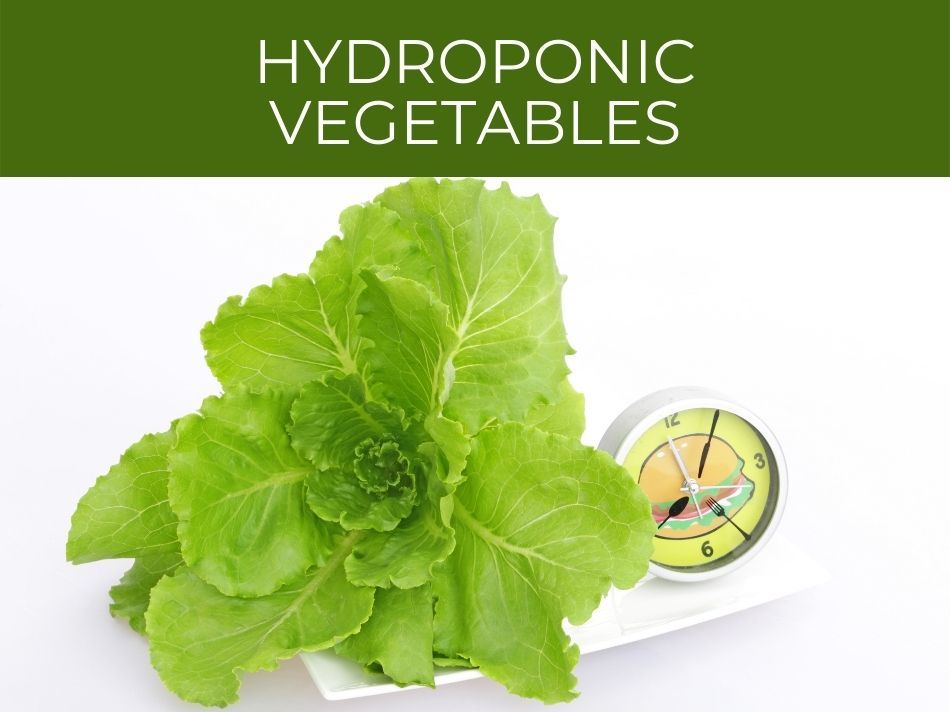
Hydroponic Vegetables
There are dozens of benefits to developing a hydroponic vegetable system, chief among these being that you don’t need a huge yard, and you can grow your veggies all year round.
While there are many different types of hydroponic systems, several of them are low-cost and easy to set up, making this method accessible too.
Hydroponic systems like the drip system, wick system, or deep-water rooting system work exceptionally well for vegetables & are easy and cost-effective to set up for beginners and experts alike.
They can also be constructed in such a way that they don’t take up a lot of space, especially if you’re choosing to grow your produce vertically.
Before deciding on a hydroponic set-up, it’s best first to establish the types of veggies you want to grow so that you can make an informed decision.
Check out our Hydroponics Overview.
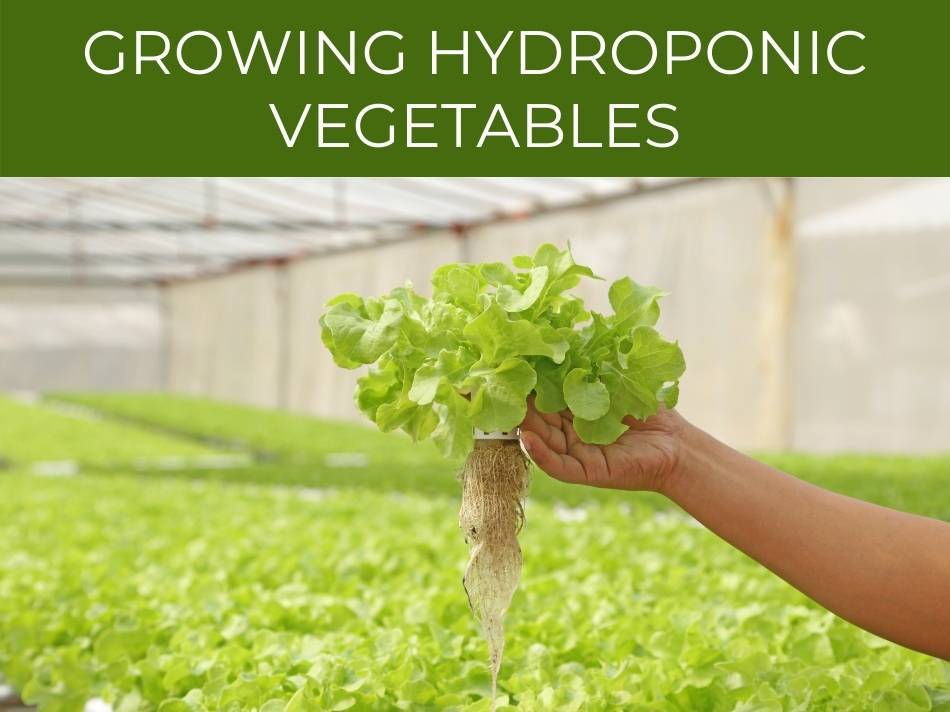
Growing Hydroponic Vegetables
Once you’ve decided on a set-up, it’s time to establish the best possible growing medium for your future vegetables.
Substrates like rock wool, coco coir, or perlite help provide your plants’ root systems with stability and retain water. You can also use a combination of growing mediums to serve different purposes.
Growing mediums are very different from soil.
Where soil is rich in organic matter, a growing medium is not.
Instead, the latter is used as a home for your plants to stay rooted and upright while they receive their much-needed nutrients from their water.
Other vital components of a hydroponics system are your grow baskets, reservoir, and grow lights.
Grow baskets are the containers that hold your substrate (and your plant) and usually have holes for roots to hang through to reach their water.
The reservoir is the area in which your water is stored and accessed by your vegetables’ roots.
Grow lights are also an essential aspect of your hydroponic system, particularly indoors.
Find out whether you can grow any plant using hydroponics.
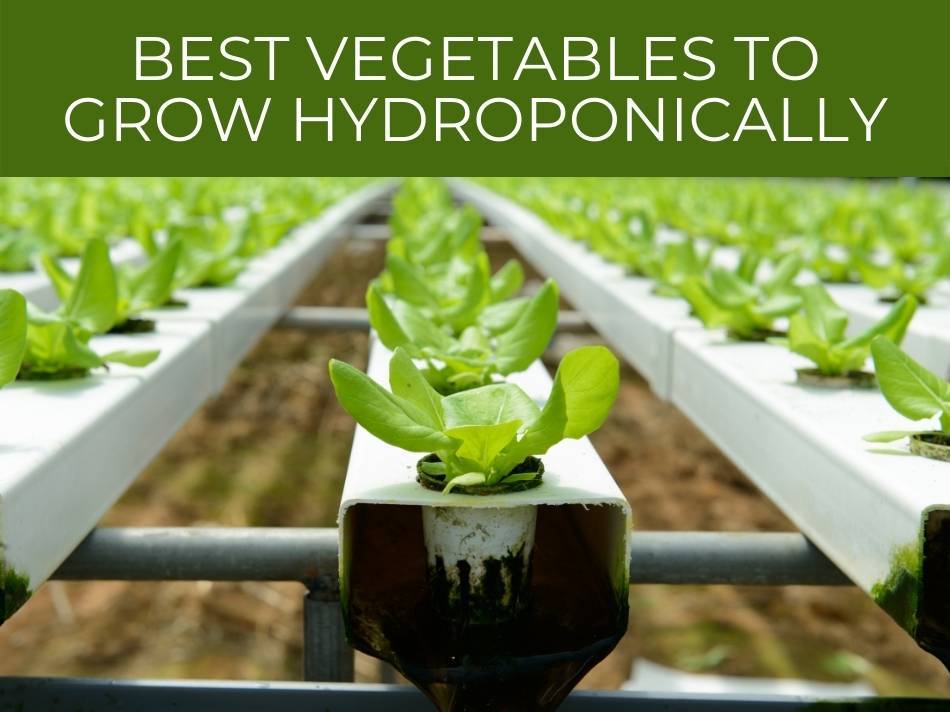
Best Vegetables to Grow Hydroponically
Vegetables are great for growing hydroponically, especially those with more compact root systems that don’t need a lot of room to thrive.
Some of the best options for indoor growing are leafy greens, herbs, peppers, and tomatoes, whereas larger vegetables with denser roots, like pumpkin or baby marrows, may need a little more space.
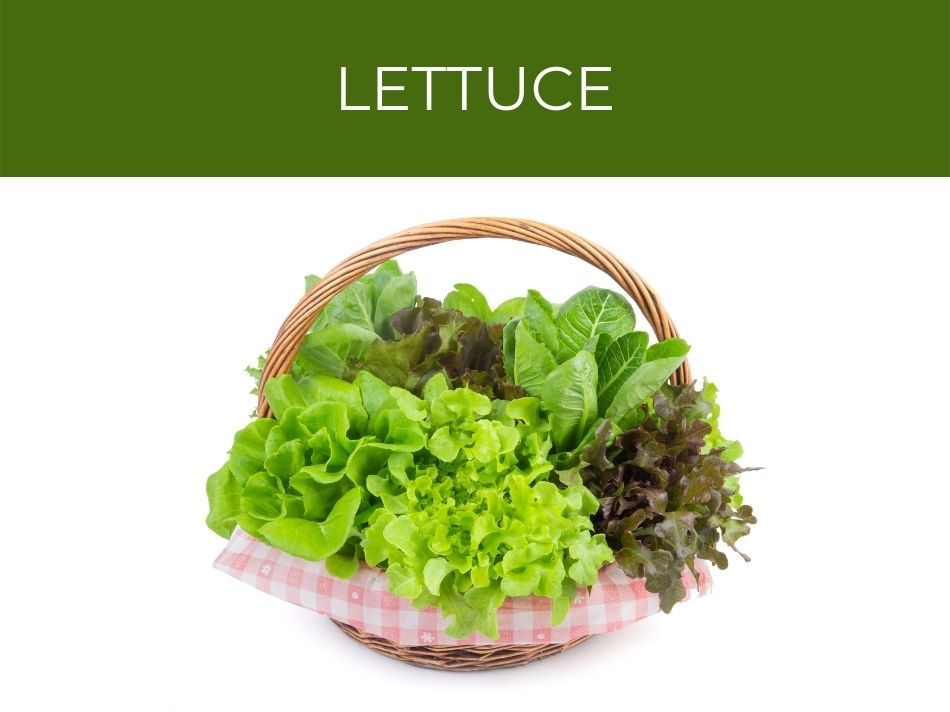
For beginners, lettuce and baby greens are gratifying to grow due to their easy maintenance and speedy turnaround time.
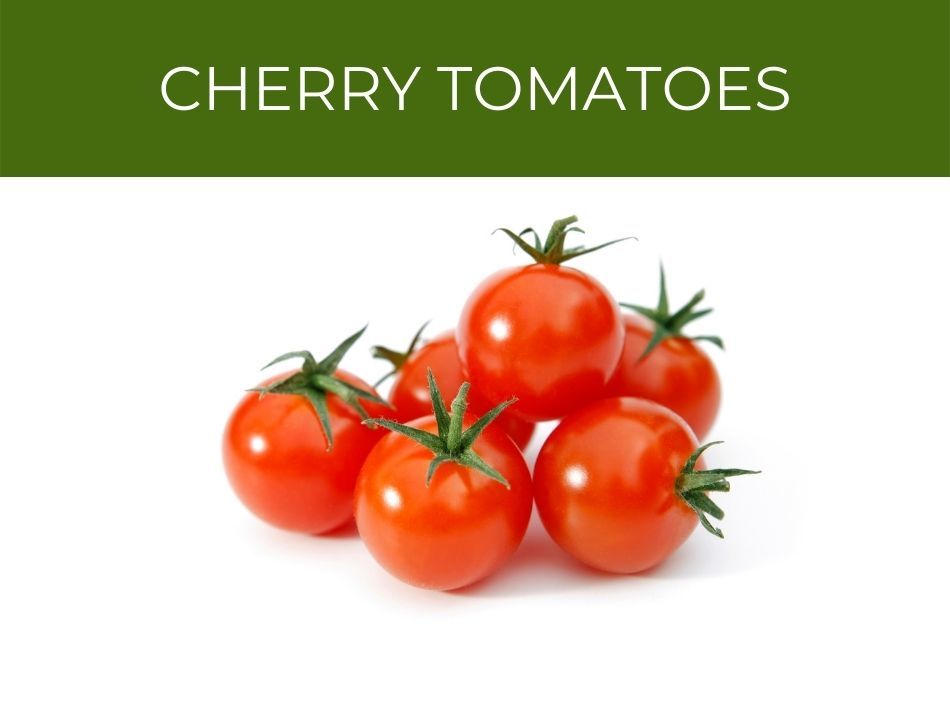
Cherry tomatoes and peppers also grow well in hydroponic systems because of their smaller sizes and bushier growth habits.
If you’re growing indoors, you can produce miniature varieties of, for example, carrots and cucumber.
In larger hydroponic set-ups (like in a greenhouse), your options are pretty much endless.
You can grow squash, cucumbers, broccoli, and even radishes, provided you are giving them plenty of nutrients and light and that they have enough space to flourish.
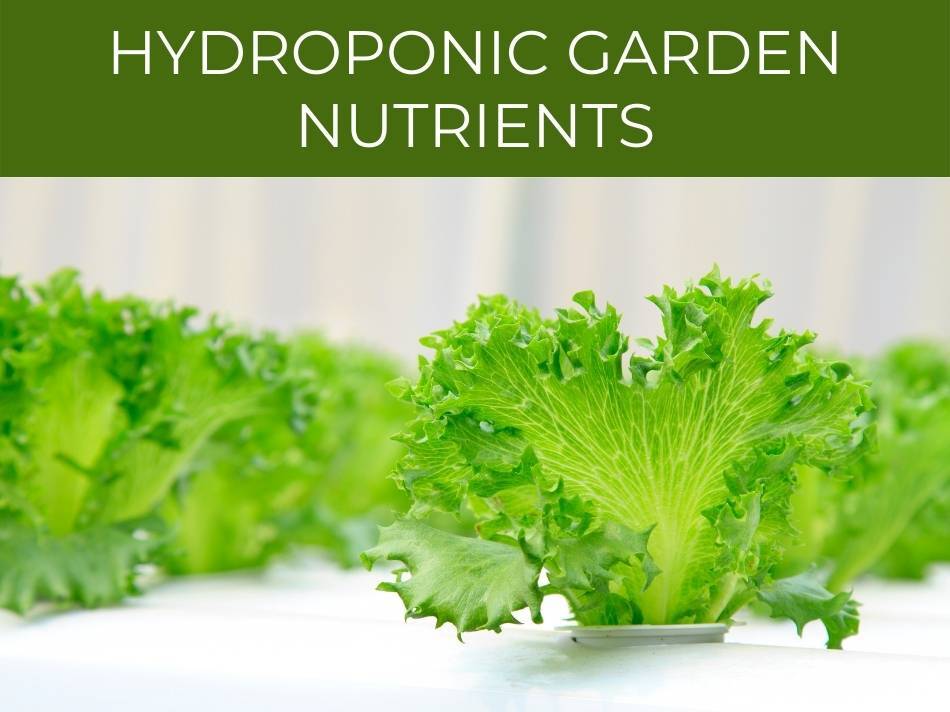
Hydroponic Garden Nutrients
With hydroponics, all you need to maintain your vegetables successfully is to ensure they have plenty of nutrient-rich water and oxygen.
The nutrients you incorporate into your water can be purchased pre-blended, or you can mix them yourself. Your enriched water serves as a substitute for the nutrients and minerals vegetables usually draw in from their soil.
The amount of nutrients in your water is crucial, as this is what your vegetables depend on for their survival.
Your water needs to be maintained with regular testing to ensure you don’t develop an imbalanced pH level.
You also want to avoid an oversaturation of nutrients that can result in the development of fungi or bacteria.
Vegetables, in particular, do best with plenty of phosphorous, magnesium, calcium, iron, sulfur, and potassium.
Most nurseries and garden centers sell pre-blended nutrient mixes designed specifically for hydroponic vegetables.
These blends are mixed with water and then fed into your hydroponic system’s reservoirs.
See how often you should change the water in your hydroponic system.
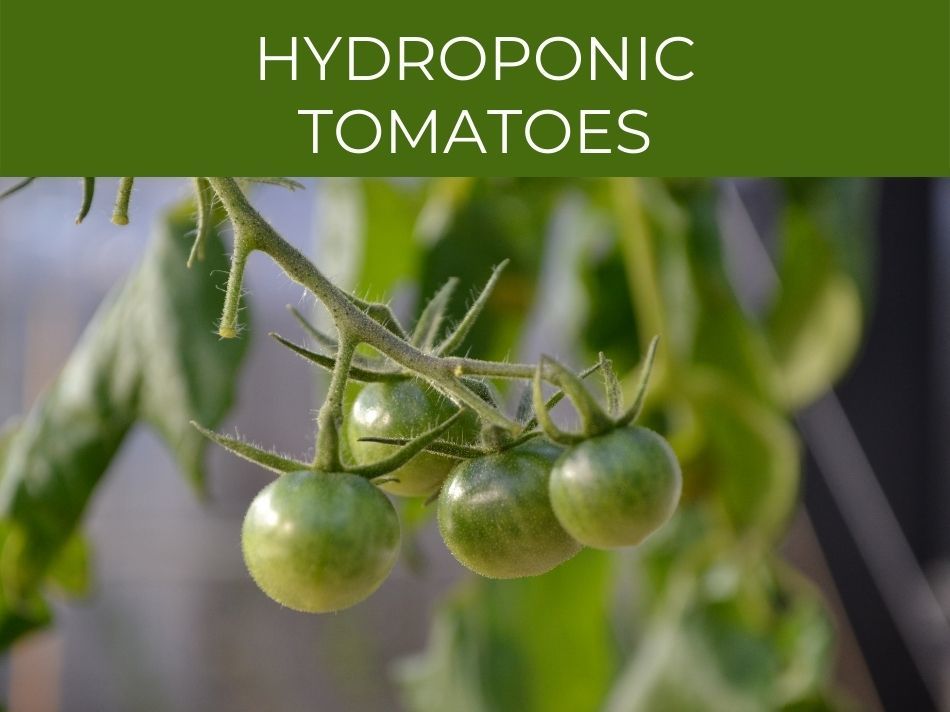
Hydroponic Tomatoes
Growing tomatoes hydroponically is simple, cost-effective, and perfect for beginners.
What’s great about growing them in home hydroponic systems is that you can control and optimize their environments.
Tomatoes grow quickly in hydroponic systems and can start to set fruit in as little as 1 – 2 months. They don’t require much maintenance other than regular water changes, a consistent supply of nutrients, temperatures between 75-85F, & 6-8 hours of sun daily.
All you need to grow your own tomatoes is a hydroponic system, a growing medium, a nutrient fertilizer, and a trellis or similar structure for your tomatoes to climb.
You’ll also need grow lights if your veggie garden isn’t set up in a sunny spot.
In a home environment, tomatoes do best when they have plenty of warmth and humidity.
For this reason, consider investing in a grow tent to lock in moisture and keep them snug.
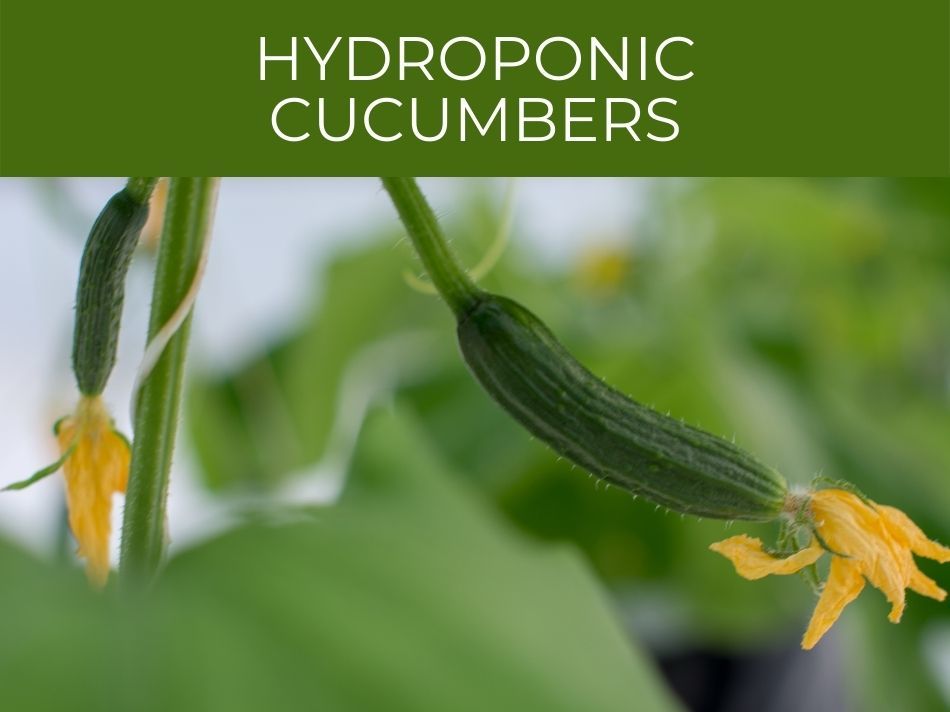
Hydroponic Cucumbers
Cucumbers thrive in hydroponic systems, being comprised mainly of water themselves.
In hydroponic set-ups, cucumbers grow fast and have large yields while simultaneously being protected from pests and diseases they attract when grown in soil. In fact, they are one of the greatest hydroponic yielders in the vegetable world.
What’s more, they can be grown outside of their usual season and be available to you all year round.
When it comes to cucumbers, outdoor hydroponic systems work better because these veggies require more space to grow.
A warm, humid greenhouse would be ideal, but plenty of green thumbs have successfully cultivated cucumbers in larger garage set-ups too.
Cucumbers can also be trained to grow vertically, which means more room for them to produce and thrive.
See how many cucumbers a typical plant will produce.
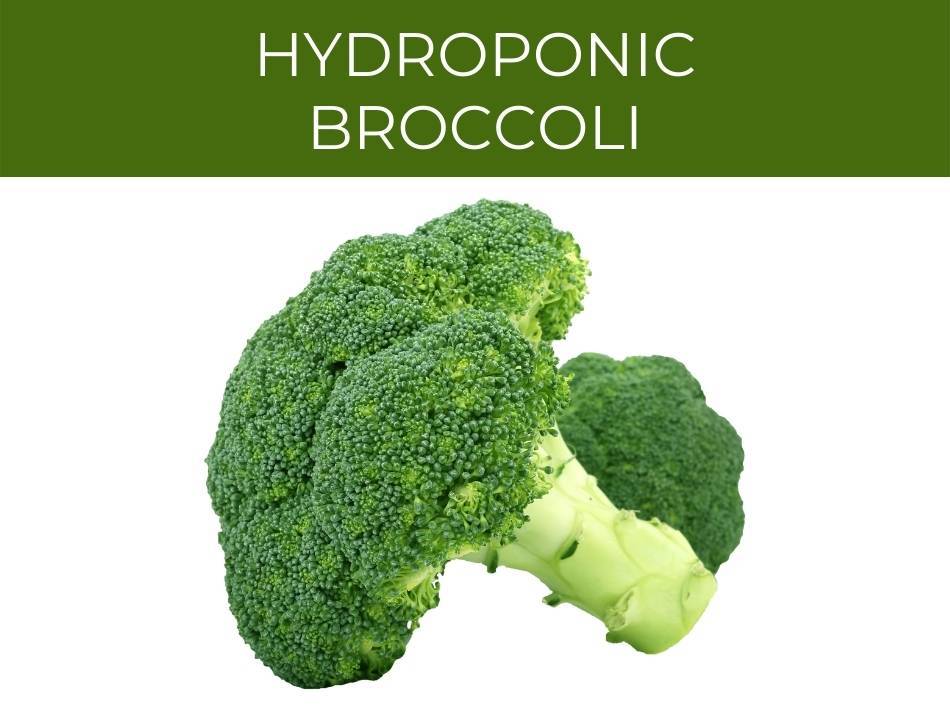
Hydroponic Broccoli
If you’re looking for low-maintenance but sustenance-rich veg to plant in your hydroponics system, broccoli is an excellent option.
Setting up broccoli for hydroponics is simple and produces an excellent yield without requiring too much light or warmth. However, a sturdy growing medium is recommended as broccoli gets quite heavy.
A combination of bark and coco coir, for example, provides support to your plant while its roots rest in your water reservoirs.
Broccoli does well both indoors and in larger spaces like greenhouses.
Once set up, broccoli will keep growing provided its environment stays optimal, and there is sufficient space between your plants.
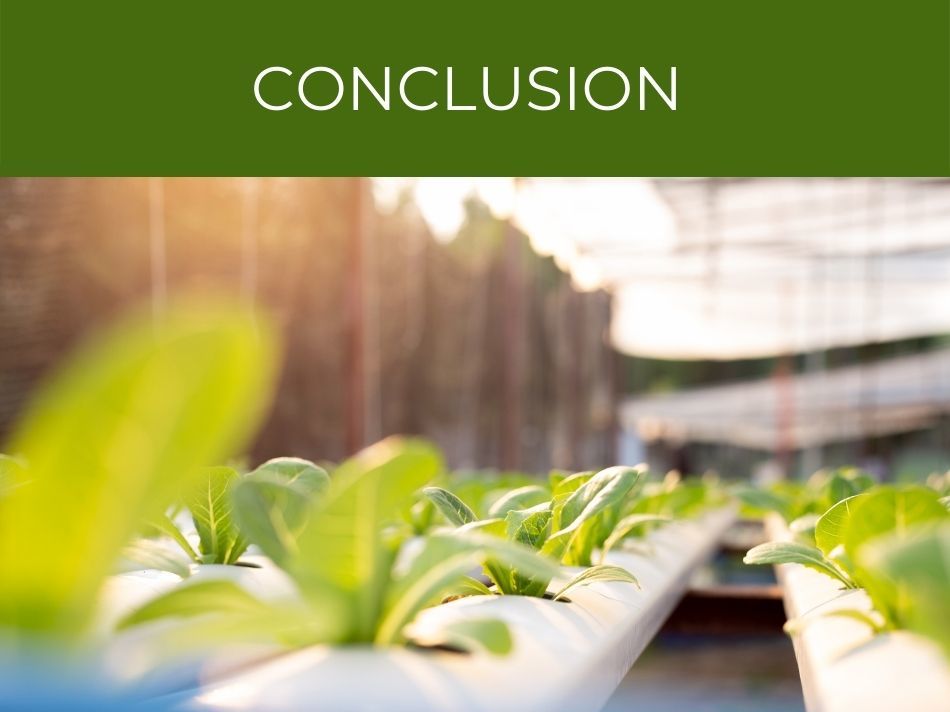
Conclusion
Hydroponics is a rewarding and effective way of growing vegetables when your space does not allow for it or if you’re in an area prone to inclement weather.
It also allows you to grow controlled quantities according to your specific needs without worrying about soil quality.
If you’re looking for a new hobby or you’ve wanted to start a vegetable garden, but you’re unsure how this may be an adventure worth exploring.


